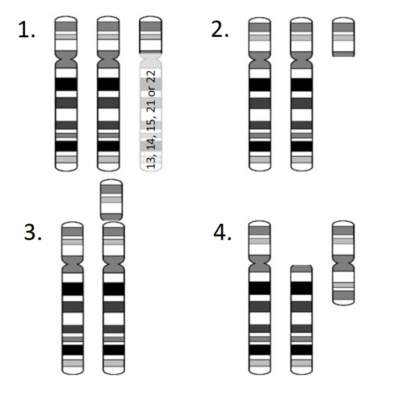 (Aliases: partial trisomy 18)
(Aliases: partial trisomy 18)
ICD-10 = Q93.2
These recommendations are based primarily on the medical literature and therefore can be incomplete. It should be noted that there is a great deal of variation among individuals with Trisomy 18p. Not all complications or concerns will be listed in this document. However, the recommendations contained here should be used as a baseline for monitoring and the health of individuals with Trisomy 18p.
There are 27 cases reported in the literature. These cases did not have additional chromosomal copy number changes and were not mosaic. This included:
- 14 males and 13 females
- 11 were identified incidentally; not related to the person’s own developmental delay or intellectual disability.
*Not every aspect was described for every patient especially for the incidentally identified cases. Therefore the denominator may be different for different phenotypes

